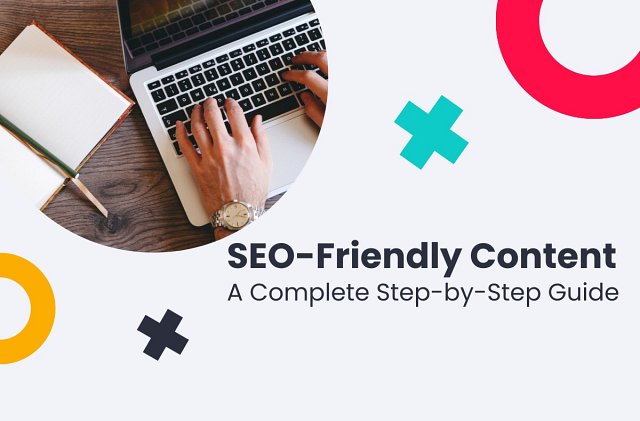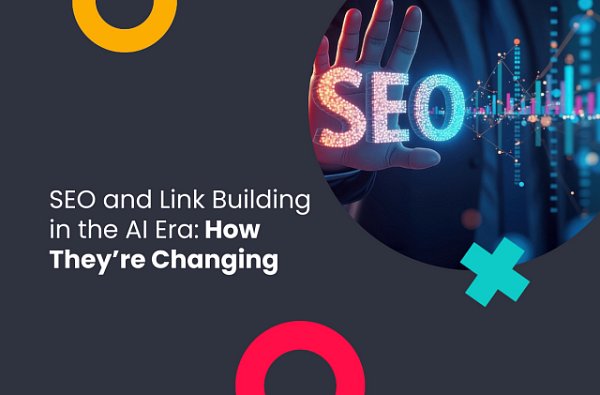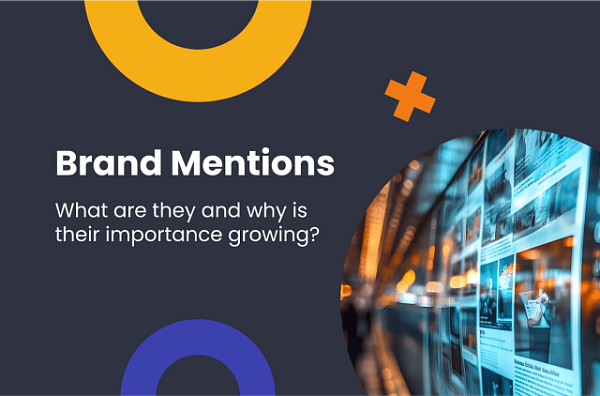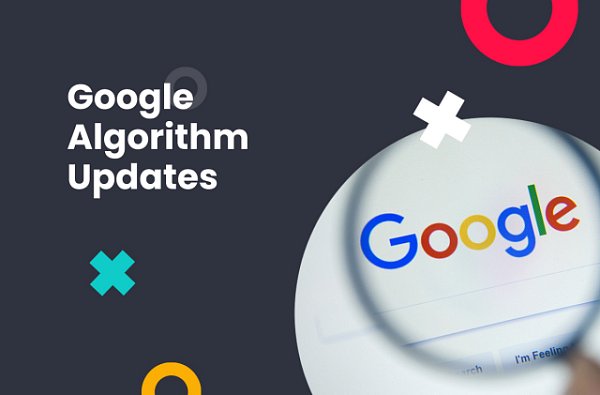(12 min. read)

Table of Contents
- What is SEO-Friendly Content?
- How to Write SEO-Friendly Content?
- Tools to create SEO-friendly content
- Concluding Thoughts on Crafting SEO-Friendly Content
What is SEO-Friendly Content?
SEO-friendly content refers to content that is specifically designed to rank well in search engine results pages (SERPs). This type of content is optimized not only for search engines, but also for providing value to the reader. It strikes a balance between being relevant and easy to read, while also incorporating specific SEO strategies like using keywords, link building, implementing meta tags (meta title, meta description, and others), etc.
At its core, SEO-friendly content serves a dual purpose: it appeals to the end-user, your audience, by being engaging and informative, and it aligns with the technical criteria set by search engines, improving your website’s visibility and ranking. The key elements of such content include relevance to the user’s search intent, use of targeted keywords, a logical structure, and the incorporation of internal and external links.
All you need to know about Google’s requirements can be found in Google’s Helpful Content guidelines. Somewhat paradoxically, these guidelines emphasize the importance of producing content primarily for users, rather than for search engines. According to Google, content should offer original information, reporting, research, or analysis. It should provide a comprehensive description of the topic, and not just a superficial overview. Google encourages content creators to focus on content that adds value, enhances user experience, and serves the genuine interests of the audience.
As we delve deeper into this guide, we will explore the various strategies and steps to create content that not only ranks higher in search engine results, but also captivates and retains your audience’s attention.
How to Write SEO-Friendly Content?
Mastering the art of writing SEO-friendly content is all about creating something that engages your audience while complying with search engine algorithms to rank higher in search results.
This section serves as a gateway to various critical tips and techniques that form the backbone of effective SEO content writing – follow our advice on SEO-friendly writing, and you’ll definitely see the positioning of your pages improve.
1. Conduct Keyword Research
Conducting keyword research is the cornerstone of creating SEO-friendly content. It involves identifying the words and phrases that potential customers use when searching for information, products, and services related to your business. By knowing these keywords, you can tailor your content to meet the needs and interests of your target audience, making it more likely to be found in search engine results.
Begin by gaining a deep understanding of your audience, their interests, problems, and the language they use. This understanding will guide you in identifying the keywords that are most relevant to them. Tools like Google Keyword Planner, SEMrush, Ahrefs, and Moz Keyword Explorer can provide valuable insights into the target keyword search volume, competition, and related phrases.
Each search query has an intent behind it – informational, navigational, transactional, or commercial. Align your content with the appropriate search intent. For instance, if the intent is informational, your content should aim to educate and inform. Analyzing the keywords that your competitors are ranking for can also provide valuable insights. This doesn’t mean copying them, but rather understanding the keyword landscape in your industry.
Choose keywords that are highly relevant to your content and achievable in terms of ranking. High difficulty keywords might be too competitive, especially for newer or smaller websites.
In the last few years, search engines have become more sophisticated in understanding synonyms and context. Incorporating variations and synonyms of your primary keywords can help you rank for a broader array of searches.
2. Craft engaging titles and headings
The title of your content is often the first thing a potential reader sees in search results, and your headings structure the content, making it easier to read and navigate. Both play a significant role in attracting and retaining reader attention, as well as in search engine optimization.
Your title should include the primary keyword you're targeting, as close to the beginning as possible. This helps search engines quickly understand what your content is about and improves its relevance in search results. All titles and headings should be straightforward and clearly indicate what the content is about. Avoid vague or overly clever titles that can confuse readers or search engines.
While clarity is important, your titles should also be engaging enough to spark interest. Use compelling language that encourages users to click and read more. Use H1 tags for your main title and H2, H3 (and so on) tags for subheadings. This hierarchical use of heading tags helps search engines understand the structure and hierarchy of your content.
Ideally, keep your titles (meta titles) under 60 characters to ensure they display correctly in search engine results without being cut off. Titles that contain action words (verbs) and numbers often perform better as they suggest specific, actionable information. For example, “5 Tips for…” or “How to…”
While it's essential to create engaging titles, avoid clickbait tactics that promise more than the article delivers. This can lead to high bounce rates and damage your site’s credibility.
3. Use Paragraphs and Formatting
Using paragraphs and formatting effectively is crucial in creating SEO-friendly content. Proper formatting makes your content more readable and engaging for your audience, while also helping search engines understand and rank your content. Break your content into short, manageable paragraphs. Long blocks of text can be daunting and discourage readers. Aim for an average of 3–5 sentences per paragraph.
Lists and bullet points are excellent for breaking down information into easily digestible pieces. They make your content more scannable and highlight key points effectively. Use bold and italic text to emphasize critical points or keywords — this not only draws the reader's attention, but also helps search engines identify key information in your content.
Keep your formatting consistent throughout your content. This includes font sizes, heading styles, and text alignment. Consistency improves readability and provides a better user experience. Utilize whitespace effectively. Adequate spacing between paragraphs, headings, and various elements of your content makes it easier on the eyes and improves readability.
Remember that subheadings (using H2, H3 tags, etc.) help organize your content and make it more navigable. This structure is not only beneficial for readers, but also for search engines in understanding the hierarchy and relevance of your content.
4. Create Comprehensive Content
In-depth and well-researched content that covers a topic extensively not only positions you as an authority in your field but also increases the likelihood of your content ranking well in search engines. High-quality content satisfies the user's search intent by providing all the necessary information in one place, reducing the need for them to visit multiple sites.
One of the key elements of comprehensive content is thorough research. This involves going beyond the surface level of a topic and delving into detailed aspects, including recent studies, expert opinions, and various perspectives. Such content often covers the 'what', 'why', and 'how' of a topic, providing readers with a complete understanding.
Incorporating data, statistics, and real-life examples can significantly boost the comprehensiveness of your content. These elements add credibility and offer tangible proof or illustration of the points you're making. They also make your content more engaging and relatable to the reader.
Visual elements like images, infographics, and videos can enrich your content, making complex information more digestible and appealing. They provide a break from textual content and can illustrate concepts more effectively than words alone.
Finally, updating your content regularly is crucial in maintaining its comprehensiveness. As new information or trends emerge, updating your content ensures it remains relevant and authoritative. This approach not only serves the needs of your audience but also aligns with the criteria search engines use to determine content quality and relevance.
5. Make Your Content Easy to Read
Readability affects how users interact with your content and whether they find it useful and understandable. When content is easy to digest, readers are more likely to stay on the page longer, reducing bounce rates and signaling to search engines that your content is valuable.
The readability of your content can be enhanced through a clear and straightforward writing style. Using simple language and avoiding jargon makes your content accessible to a broader audience, including those who may not be experts in the subject matter. The goal is to convey information in a way that is easily understood by most readers, without oversimplifying or losing the depth of the topic.
Sentence structure plays a significant role in readability. Shorter, well-constructed sentences are generally easier to follow than long, complex ones. This does not mean every sentence must be short, but rather that a balance should be struck to keep the writing fluid and comprehensible. A mix of long and short sentences is the most readable and engaging.
The tone of your writing is another important aspect. A conversational tone can make the content more relatable and engaging, especially for topics that might otherwise seem dry or technical. Using an active voice, as opposed to a passive one, also contributes to making the content more direct and lively.
Paragraphs should be used effectively to break up the text. Each paragraph should ideally focus on a single idea or point, providing a clear structure that guides the reader through the content. This segmentation makes it easier for readers to process the information in manageable chunks.
6. Optimize Your Images
Images can significantly enhance the appeal and effectiveness of your content, but if not properly optimized, they can also adversely affect your website’s loading time and search engine ranking. Image optimization involves several considerations to ensure they contribute positively to your SEO efforts.
Firstly, choosing the right images is crucial. Images should be relevant to the content and add value to it. Whether it's illustrating a concept discussed in the text, providing a visual break, or evoking an emotional response, the right image can enhance the reader's experience and engagement with your content.
The file size of images is a key factor in website performance. Large image files can slow down page loading times, negatively impacting user experience and SEO. Compressing images to reduce file size without significantly compromising quality is essential. Tools like Adobe Photoshop, TinyPNG, JPEGmini, or a variety of other free apps can be used for this purpose.
The file format of the images also affects their size and quality. Formats like JPEG are generally good for photographs, while PNG is suitable for images requiring transparency or images with text. Choosing the correct format can help in striking the right balance between quality and file size
Image titles and alt text play a significant role in SEO. Alt text describes the image content and context, which is crucial for search engines and accessibility. It helps search engines understand the image and how it relates to the surrounding content. Additionally, for users with screen readers, the alt text provides a description of the image, making the content accessible.
Incorporating SEO-friendly file names for your images can also contribute to better ranking. Instead of generic file names, use descriptive, keyword-rich file names. This helps search engines understand the image and its relevance to your content.
7. Link Externally and Internally
Linking to other relevant content is an integral part of creating SEO-friendly content. This practice not only enriches your content by providing additional context and resources, but can also signal to search engines the breadth and depth of your website's information. Thoughtfully incorporating external and internal links enhances both the user experience and the SEO value of your content.
When you link to external sources, it demonstrates a commitment to providing comprehensive information. By directing readers to reputable and authoritative websites for further reading, you add credibility and value to your content. These external links help establish a network that search engines interpret as a sign of the reliability and relevance of your content. However, it is important to make sure that these links lead to high-quality, trustworthy sites, as linking to poor-quality sites can have a negative impact on your own site's reputation.
Internal linking, or linking to other pages within your own website, is equally important. This practice helps in weaving a network within your site, making it easier for search engines to crawl and index your content. For users, internal links provide easy pathways to related topics and information, keeping them engaged and encouraging them to explore your site further. This can lead to increased page views and a lower bounce rate, which are positive signals to search engines.
When adding links, it's essential to use descriptive anchor text that gives a clear idea of what the linked content is about. This aids both users and search engines in understanding the context and relevance of the link. Avoid using generic anchor text like “click here,” as it does not provide any information about the content of the link.
It's also important to regularly check and maintain your links. Broken links can be frustrating for users and may harm your site's credibility and SEO. Regular audits of your website to find and fix broken links are a good practice.
Tools to create SEO-friendly content
Creating SEO-friendly content requires more than just knowledge and creativity; it also involves a suite of tools that aid in various aspects of content creation, from keyword research to ensuring clarity and correct grammar. These tools can significantly enhance the quality and effectiveness of your content.
Keyword research is the foundation of SEO. Tools like Google Keyword Planner, SEMrush, Ahrefs, and Moz Keyword Explorer offer extensive capabilities to find and analyze keywords. They provide insights into search volume, competition, and even suggest related keywords.
Clarity and correctness in writing are essential for creating professional and trustworthy content. Tools like Grammarly and LanguageTool offer advanced grammar, punctuation, and style checks, making it easier to polish your content.
AI tools have revolutionized content creation by providing assistance in various domains. ChatGPT, for instance, can be used to check content, generate ideas, and even create draft versions of content which can then be expanded and refined. Its variant, the Creative Writing Coach, offers more specialized assistance in creative content creation, helping to brainstorm ideas, develop narratives, and add stylistic flourishes to your writing. Similarly, Google Bard, another AI tool, aids in generating creative content, providing inspiration and recommending examples to enrich your writing.
Concluding Thoughts on Crafting SEO-Friendly Content
We’ve reached the end of our journey through the essential elements of creating SEO-friendly content — a crucial skill in today’s digital market. From understanding what constitutes SEO-friendly content to the intricacies of keyword research, engaging titles, effective formatting, and comprehensive writing, we've covered a broad spectrum of strategies.
The key to success lies not only in applying these strategies, but also in experimenting and evolving with your content. As search engines and user preferences change, staying informed and flexible in your approach will make sure your content remains relevant and impactful. Let this guide be your starting point to explore and innovate in creating content that resonates both with your audience and search engines.



